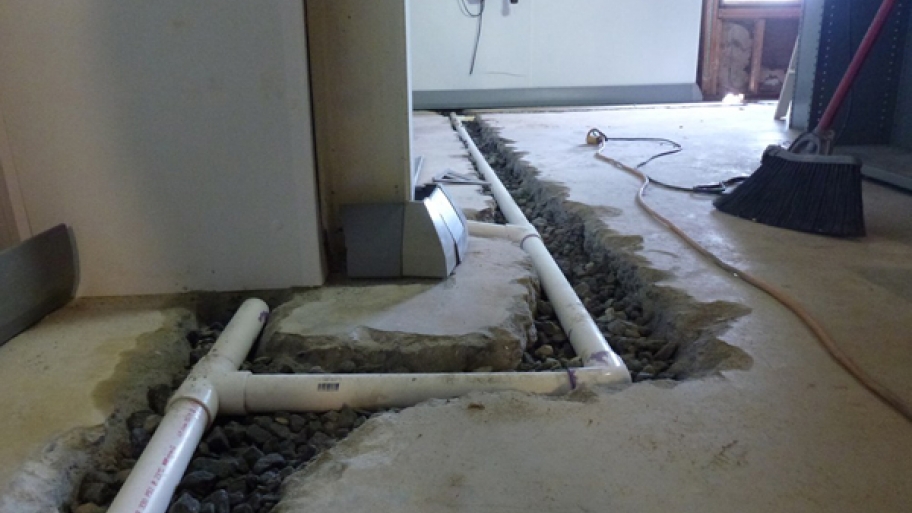The Fundamentals of Basement WaterproofingThe Fundamentals of Basement Waterproofing
With this particular borne at heart it is always a suggestion that along with the structure it self, a second type of cellar waterproofing is followed even if the structure is new and/or created from’waterproof cement ‘. Once the concrete structure it self is considered to be integrally waterproof that is called type N type of basement waterproofing. Where the design is not considered to be integrally waterproofing then we have 2 options for coping with the possibility of water ingress. One is to Tank it and another would be to waterproof it with a Cavity Drain Membrane.
Tanking a cellar means that the solution is applied internally or outwardly and is designed to literally end and restrain the water. This really is referred to as Form A cellar waterproofing. A Hole Strain Membrane system is applied to the internal face of our planet preserving framework where it can take the ingress of water depressurise it and manage it to a safe evacuation point. This really is referred to as form D form of cellar waterproofing.
Tanking as a questionnaire of attic waterproofing to new structures has inherent risks. Whether you use it internally or outwardly to the structure tanking programs have to be used 100% trouble free to be efficient, if water is provided under great pressure contrary to the structure. The ruling in the High Judge of Justice was that it is not fair for a tanking or waterproofing process to be used 100% deficiency free. What this implies is that if you style for or apply a basement waterproofing system to the design which must be 100% free from problems to work and it fails you can be liable for the results of this failure. By their very nature all tanking systems must be 100% trouble free to perform when tested by water under some pressure from the ground.
Most new build basement waterproofing in Toronto types that incorporate an additional tanking system also incorporate a land strain the goal of which is to help de-water the encompassing floor parts and reduce the level of water which is provided from the structure. There are usually many related issues with area drains found in cellar waterproofing. A land drain should be positioned on the not in the structure under the level of the interior slab such that it helps to relieve the volume of water fully depth of the maintained soil. Often the position of the land strain is found on a pulling or mounted above the internal slab level and therefore could just actually be partly effective.
‘The kind and feasibility of remedial therapy’is a excitement phrase in the attic waterproofing industry. It indicates when there is a problem being able to get back to something to spot where and what the thing is and then correct it. This can be a trouble with equally additional tanking and land pipes because they are often buried below tonnes of earth. How big the land drain is still another matter as who are able to correctly anticipate the quantity of water which may be anticipated to come calmly to have anytime in the foreseeable future? Also as mentioned the tanking system may count greatly on the area strain and just how can anyone promise it against problem or blockage later on – again the proper execution and feasibility of remedial treatment makes question.
Therefore the way in which a cavity strain membrane cellar waterproofing methods like Process 500 operates is to supply air holes and thus depressurisation locations on the inside of the framework which alleviate the water pressure. That is done firstly with an 8mm studded membrane applied to the walls. The stud profile acts to put on the merchandise somewhat away from the structure to which it’s applied.
Any water entering through the walls is depressurised within the air space supplied by the men of membrane, losses their efficiency and falls to the wall/floor junction. A perforated drainage channel is based at the foot of the wall often in a recessed station in the piece or on the piece with a coating of shut cell insulation. The drainage tv provides 3 major functions. The first is so it gathers and delivers water to an appropriate drainage outlet to be evacuated from the structure. The second is so it acts as an application work on the wall/floor junction which serves to keep an air hole and thus depressurisation region at the main point where water enters or eventually ends up generally in most structures i.e. the wall/floor junction.



